 By Todd Kuehnel, PT, Regional Manager
By Todd Kuehnel, PT, Regional Manager
ApexNetwork Physical Therapy – Monett, MO Clinic
Many of us have pre-conceived notions of stretching that may be accurate, or they may be somewhat distorted depending on individual experience. The word stretching may elicit negative memories of those monotonous, seemingly ineffective stretches performed in middle or high school sports. For others, it may also elicit prompt ideas of conflicting anecdotal articles or preferences passed down through time. Some of this confusion comes from the fact that there are different ways to stretch depending on the goal that needs to be achieved. A seventy-year-old male trying to recover from a knee injury may stretch with a different intensity, frequency, and duration than a thirteen-year-old gymnast who needs to do the splits on a balance beam, a forty-year-old female who works on an assembly line. It is this last group on which we will focus since they make up a substantial part of the workforce and are susceptible to work-related injuries or development of pain from repetitious movement patterns.
Fields et al., 2007 reported on the effects of stretching as potentially a degrading to performance if performed statically immediately before exercise or work. Static stretching refers to holding one position for an extended duration. Decreasing a worker’s performance is certainly not the goal of a worker stretching program. The goal is to warm up the worker’s nervous system, muscles, and joints and prepare them to move in the most efficient way. This is accomplished through dynamic stretching or movements that are gentle and rhythmic and takes joints and muscles through their full range of motion (ROM). These movements should appear smooth and controlled, not fast and jerky. There should be no bouncing to try to move beyond the normal available ROM of muscles and joints. The movements should be comfortable but should require mild to moderate effort. A Worker should feel a slight rise in heart rate, and an increase in their metabolism. A worker should not be breathing heavy, feel faint/lightheaded, or have noticeable perspiration. There are many dynamic stretches available depending on the setting, individual needs and goals. Dynamic stretches should be modified to meet each worker’s level of fitness to avoid injury or frustration which could discourage the worker from participation. A few examples are listed below. Each employer will benefit from tailoring a dynamic stretching program to meet their workers’ needs (e.g. workers who use their backs more at work may need increased focus on this area, workers who use their hands and wrists for fine motor activities may have other needs).
Wrist Rotations
Arms at side with a fist, rotate clockwise ten rotations, then counterclockwise.
Trunk Twists
Standing arms outstretched in front, twist trunk while arms move the opposite direction, then repeat the opposite direction, each for 10 reps.
Trunk Side Bend
One hand on hip, slide the opposite hand down the side of your leg, 10 reps to each side.
Arm Circles
Arms out to the side, rotate forward 10 reps, and then backward 10 reps. Make large or small circles.
Arm Swings
As if throwing a discus, swing arms from a low to high trajectory 10 reps, then repeat from the other side.


